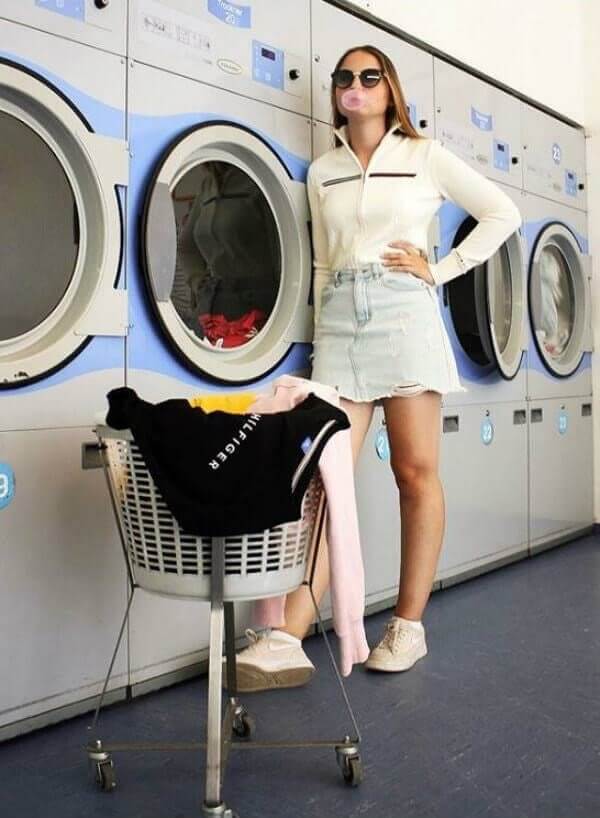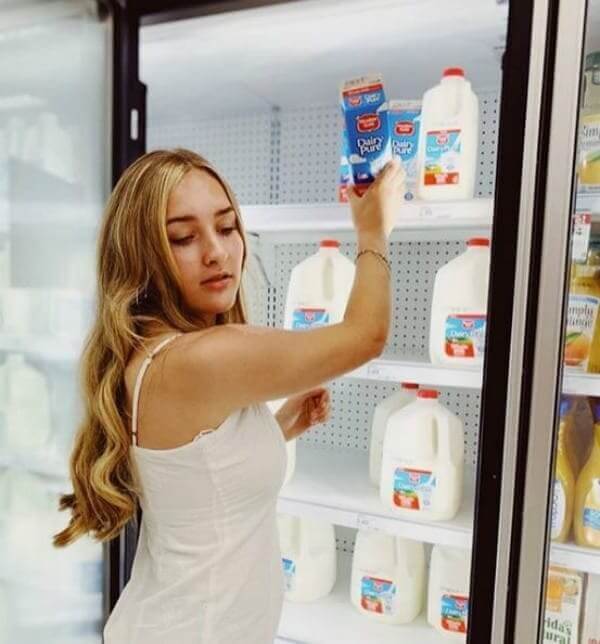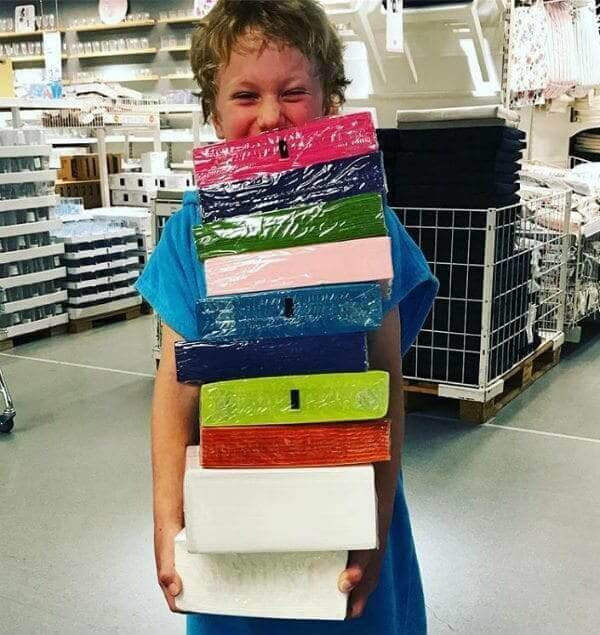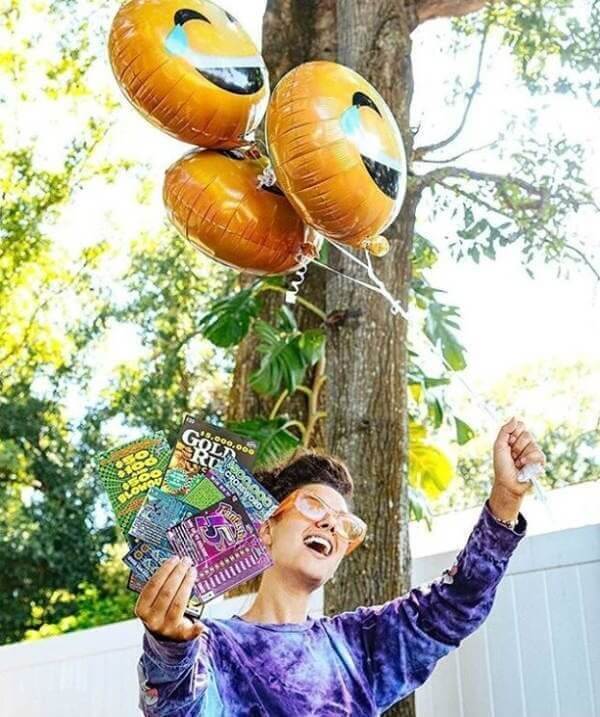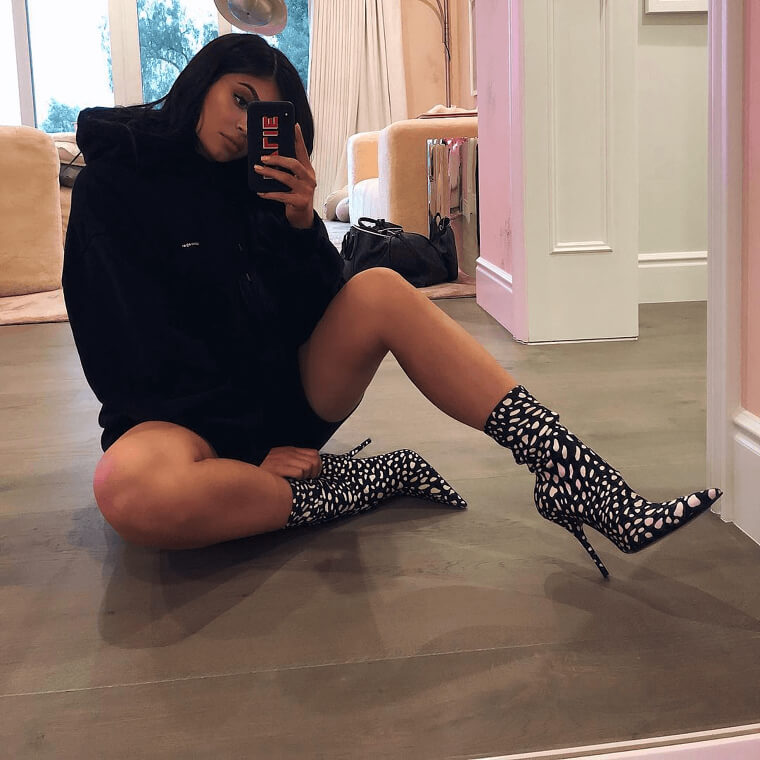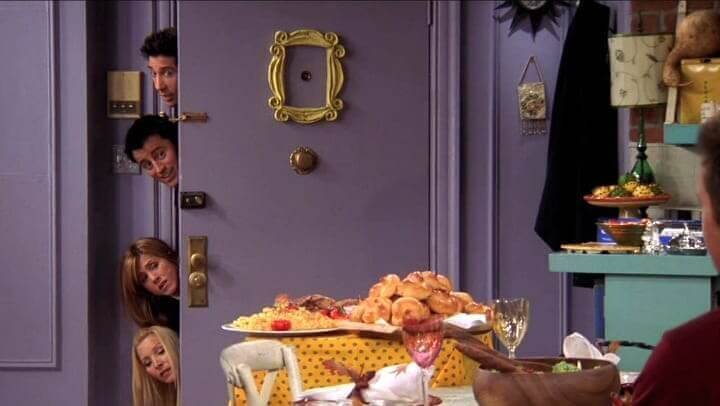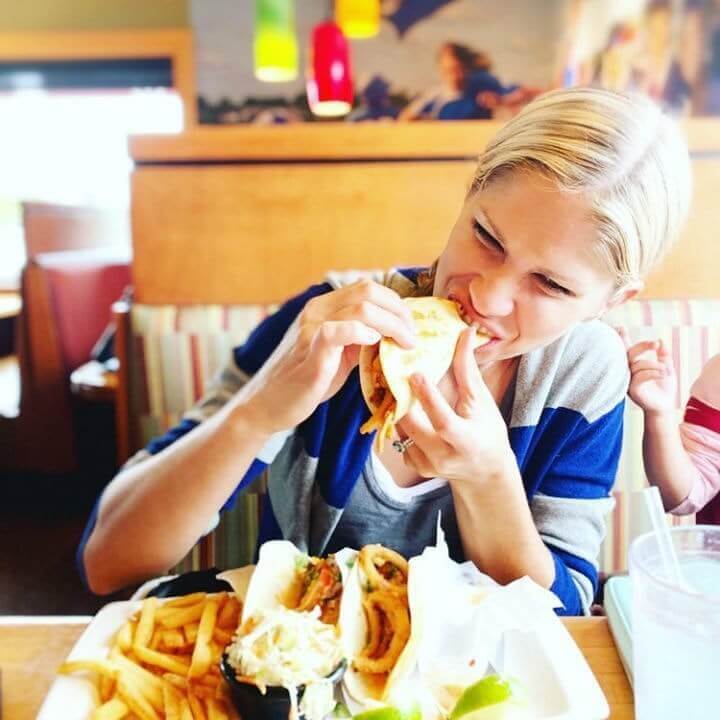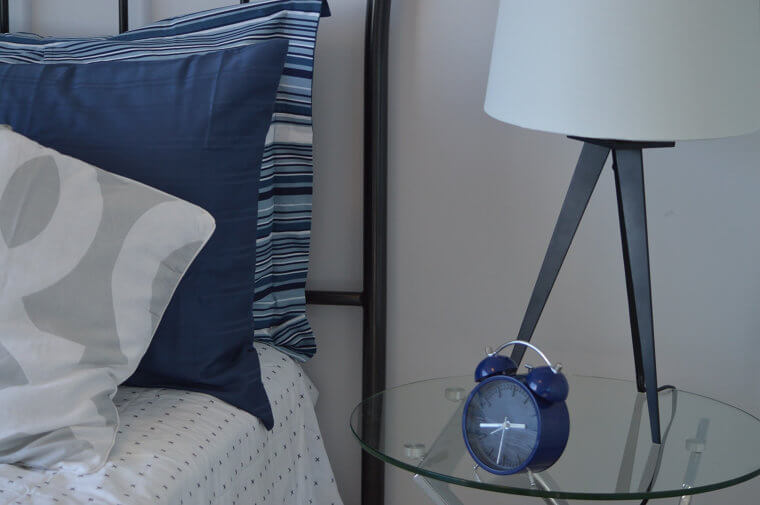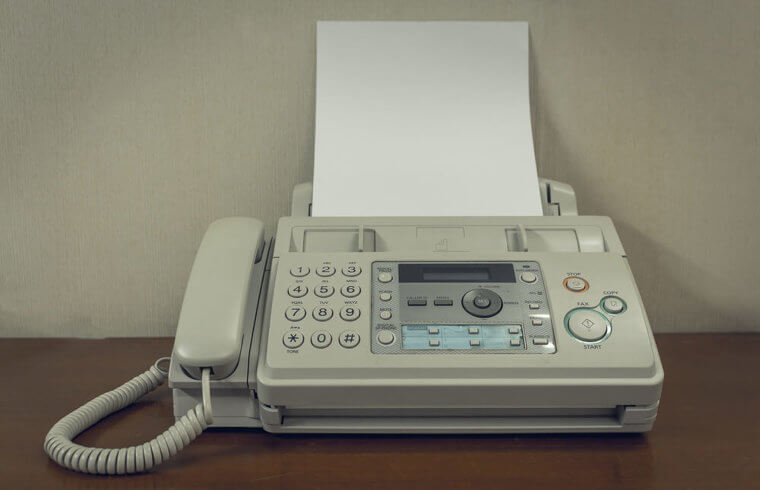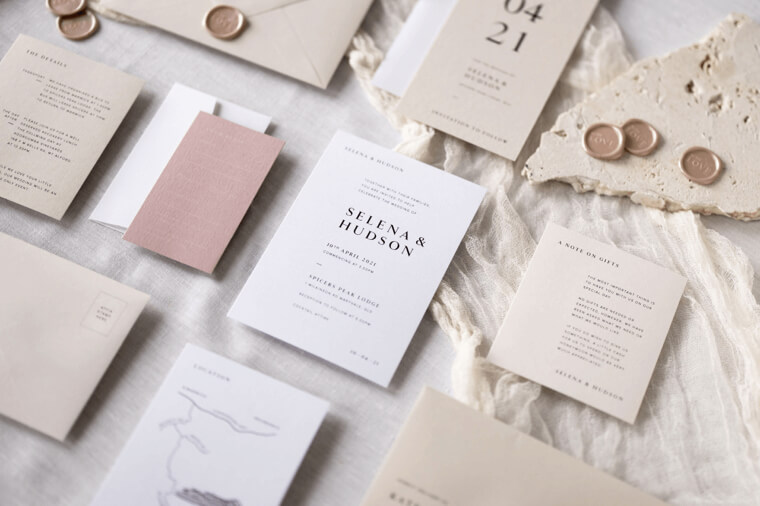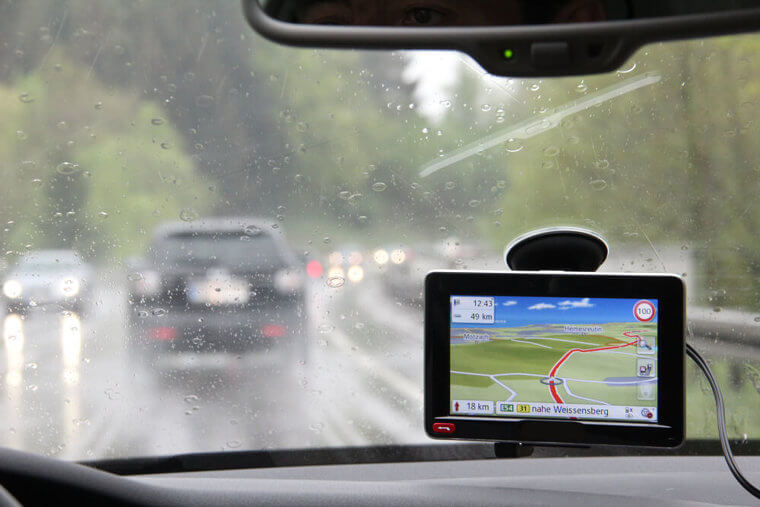1. Cars And Gas
You might think that a car is an essential purchase in some places, but with rising gas prices, expensive car payments, and more millennials living in cities, there is not much of a need for it. In fact, fewer people are getting their licenses when they turn 18 because they feel that there is no need to drive.
More millennials would rather take public transportation than deal with finding and paying for parking in a city. There are also more ride-sharing apps and ways to get from point A to point B than ever before, so a car is just an unnecessary expense.
2. Fabric Softener
This one is quite random, but as millennials, we can't remember the last time we used fabric softener. While the name is pretty self-explanatory, some millennials don't really know what it does, which is why they won't buy it.
Between 2007 and 2015, fabric softener sales dropped drastically. With better washing machines and fashion brands focused on creating better clothes, millennials don't see the need to spend money on softener.
3. Traditional Gyms
Although there is a strong focus on health and wellness for millennials, you might be surprised to find out that they are not signing up for traditional gyms as often. They are choosing to get their sweat sessions in elsewhere.
Between Solecycle, Crossfit, and specialty classes, people would rather pay for what they consider enjoyable rather than paying for an entire gym that they won't use. It just makes more financial sense.
4. Cereal
Maybe it is because of busy schedules or laziness, but fewer people are eating cereal today more than ever. According to a survey by the New York Times, 40 percent of millennials said they do not eat cereal because it is inconvenient.
Millennials think cereal is inconvenient because they have to clean up after eating. Apparently, washing a spoon and a bowl is just too much work these days. You also can't forget that they have to put away the box after too, which takes away an extra second of the morning.
5. Business Suits
While getting dressed for work in the morning, you probably won't find millennials putting on a business suit to go to the office. Whether the fashion choice doesn't fit their style or suits don't go with the laid-back work environments of today, they are not being purchased anymore.
Some fashionistas are trying to bring suits back into style, but they are less for the workplace and more for Instagram. Denim has become more acceptable in the workplace, so it is becoming less common for people to dress in business attire when they are at the office.
6. Homes
You have probably seen the classic photos of first-time homebuyers holding their shiny set of keys outside of their new house, but have you noticed those photos have become few and far between in recent years?
As home prices continue to rise, many millennials can't afford to pay mortgages on top of the student loan debt they have. Investing in real estate is not in the cards for a majority of people in that generation. Therefore, it is a life step that most of them have to miss out on right now.
7. Regular Milk
Between almond milk, oat milk, soy milk, rice milk, cashew milk, and every other dairy alternative in between, fewer people are purchasing dairy milk. Most of us are old enough to remember the days when there were only three options, but now with all the alternatives, dairy is fading away.
Many millennials are turning towards a vegan lifestyle or choose the environmentally friendly option instead of cow's milk. Milk sales have dropped 40 percent since 1970, and we are not surprised because of all the alternatives on the market.
8. Weddings And Diamonds
You might be thinking, "Didn't I just see at least five people post their diamond engagement rings or wedding photos on Instagram in the past week?" Despite what your timeline is making you think, many people between the ages of 25-34 are single right now.
Marriage rates are slowing down because it is much more acceptable to be single at an older age than it was for past generations. As for diamonds, millennials are going for unique engagement rings that don't necessarily have a big rock on them.
9. Bulk Grocery Stores
Personally, we could spend an entire week in Costco with all the incredible bulk options and free samples. Who doesn't need 300 toothbrushes that they will never use?! According to experts, millennials are actually steering clear of those bulk grocery stores.
The reason behind it is that the age group is cooking less, and when they spend money on groceries, they don't want to waste it when things go bad. Also, millennials would rather purchase necessary bulk items online because going to the store is... you guessed it - too much work!
10. Domestic Brand Beers
In college, all we saw were Natty Lite and Bud Lite cans at parties, so it is surprising to hear that fewer millennials are drinking domestic beer. However, if you have been to a millennial housewarming party you might only find craft beer.
Millennials would rather purchase flavored beverages like hard seltzers, wines, hard teas, and craft beer options because they are considered healthier than a can of Budweiser or Budlite. It seems that the beer belly is going out of style as well.
11. Cruises
Cruises used to be the go-to vacation for families and young adults on spring break. With ships getting larger and more extravagant, you would think people would be lining up to board them.
Even with the multiple waterslides, golf courses, unlimited buffets, and quality entertainment, it is all still not enough to get millennials on board... literally. According to experts, millennials are looking for more authentic travel experiences like backpacking.
12. Beef
Whether it is for environmental, health, or moral reasons, millennials have major beef with beef. They are actually avoiding red meat altogether, which is much different from previous generations that knew how to enjoy a nice steak dinner.
Also, meat is not cheap; therefore, millennials have a hard time justifying purchasing it with all their other debts and expenses. It is seen as a huge luxury if they purchase it at all, and meat sales continue to decrease.
13. Napkins
When was the last time you ate at a millennial's home, and they had paper napkins? In younger households, napkins are going out of style, which is bizarre because they seem pretty essential. On average, only four out of ten households have napkins on hand.
Most of the time, you will get a piece of paper towel rather than a legit napkin. It's just one less thing to spend money on at the store, and napkins are slowly disappearing as fewer people purchase them.
14. Mayonnaise
Remember when people used to put mayonnaise on everything? It used to be one of the most used condiments, but people decided that it was out of style somewhere along the line. For the last few years, mayo sales have declined, and millennials have taken note.
One reason could be that it is not as healthy as other condiment options. Many millennials are replacing mayonnaise with healthier alternatives like avocados and greek yogurt.
15. Irons
There was once a time when people would starch and iron their clothes, so they always looked and felt crisp, but those days are long gone. Today, most millennials don't have irons in their homes, and there is a valid reason for that.
More brands are advertising no-iron fabrics, promising that clothing will stay wrinkle-free without an iron. Also, fabrics that require ironing are on their way out, so people don't need that extra household item to take up space in the closet.
16. Landlines
We haven't had a home landline since the 2010s, and the last time we called someone's house was when we wanted to speak to our crush in elementary school. We aren't the only ones, because 66 percent of millennials live in totally wireless homes.
Most people rely on their cell phones for all forms of communication because it is much more convenient. It is much more reasonable for all the people renting homes and apartments to ditch landlines and skip the setup process every time they move.
17. Lottery Tickets
With major debt, rising housing prices, and plateauing salaries, millennials face many financial struggles. Some people would think that the lottery would be more enticing for people who are facing financial problems, but most people aren't willing to bet their money on the lottery.
Maybe they realize the small odds of winning, or they just don't want to waste money; whatever the case, only a third of people ages 18 to 29 are playing the lottery compared to the previous generation.
18. Post Cards
This one is not really much of a surprise because people haven't been sending cards or letters for a while now. There was once a time when 20 million postcards were sold each year, but that number has decreased to five million in recent years.
With the invention of email and social media, people didn't need to send a physical letter because they could message each other instantly online. Why take the time and money to send a card when you can instantly message someone on the internet.
19. Stilettos
Although millennial celebrities are still rocking stilettos, most people are avoiding them altogether. This is one of the many trends we can get on board with because no one wants to spend a night with their feet aching in uncomfortable heels.
Casual sneakers have become more popular in the last few years, and millennials are happily embracing the trend. Many brands that used to focus on selling heels are now offering more comfortable alternatives.
20. Life Insurance And Stocks
Although there are much easier ways to find affordable life insurance plans and stock market investments these days, 75 percent of millennials are not putting their money towards these two things because they can't afford them.
As far as stocks go, only 13 percent of millennials reported that they would invest in stocks. Some believe that it has to do with witnessing the market crash at a young age. Seeing the effects on their families has made millennials scared to deal with these financial institutions.
21. Doorbells
When was the last time you rang someone's doorbell? It was probably a long time ago because most people aren't using them anymore. Millennials think the doorbell is a relic of the past, and there are a few reasons for their downfall.
Many millennials are living in apartment buildings where doorbells are not a common feature. Even if there were doorbells, millennials wouldn't use them at all because they usually just send a text to their friends when they have arrived.
22. Cable Subscriptions
It's not a secret that cable subscriptions are on their way out, not just for millennials, but for everyone. However, millennials play a huge role in the downfall of cable packages because they rely on streaming services such as Netflix, HBO Max, and Amazon.
YouTube is even offering a cable alternative for a lower price than traditional packages. With their busy lifestyles, it's more reasonable to get a streaming service because they don't have to watch the shows live or record them.
23. McDonald's
While many of us still love the occasional McNugget meal, the Golden Arches are apparently losing their shine in the eyes of millennial customers. The drive-thru used to have long lines of people, and now younger customers aren't loving McDonald's as much.
Instead of going to fast-food chains, millennials are choosing healthier and fresher options. With places like Chipotle opening more chains, millennials would rather customize their meals rather than pick from a list of menu items.
24. Hotels
For some people, the excitement of vacation is ordering room service, having a maid make your bed, and enjoying all the luxury amenities. However, many millennials do not have hotels on their vacation checklists.
Young travelers are looking for more "authentic" experiences, so they sublet apartments or rent Airbnbs. It is also a more frugal option for travelers who want to afford things but still go on vacation.
25. Golfing
Golf has been the go-to pastime for many older people, but today, the sport is not on par with many other sporting options for younger generations. While we are avoiding golf because of its slow nature, millennials have other reasons.
Millennials are not teeing up at the golf course because it is overpriced and expensive to play 18 holes. Besides the price, this generation needs constant stimulation, and golf is too slow for their idea of an enjoyable afternoon.
26. Bars Of Soap
In past generations, bars of soap could always be found next to sinks and in showers, but millennials are not adding bars of soap to their grocery lists. The once-popular hygiene product is now considered a bar of germs.
Many people over 65 still use bars of soap to wash their faces, and only a third of millennials say the same. Although bars of soap are out for hygienic reasons, soap cutting and soap brows are a huge trend right now.
27. Casual Dining
Remember the good old days of going to Applebee's for your birthday and having the staff sing to you? Well, that is no longer commonplace because millennials would rather get food delivered or treat themselves to a fancy dinner.
According to research, sales at casual dining restaurants have been on the decline, and the CEOs of these restaurant chains are blaming millennials directly. Maybe instead of finger-pointing, they should be looking for ways to get millennials back in their booths.
28. Department Stores
Department stores like Macy's, JC Penney, Nordstrom, and Bloomingdales were once the center of the shopping world because these stores had a section for everything you could possibly need, from clothing and perfume to housewares.
However, the variety that once drew people in has been replaced by the internet. People don't have to leave the comfort of their homes to get everything they need, which saves them the time they would spend in department stores.
29. Fast Food
It is not just McDonald's that is struggling to get millennials in their doors; fast-food restaurants across the nation have seen a decline in millennial customers. This drop in customers has also carried over to Gen Z.
Today, younger people are choosing healthier or local options. People would rather support their local restaurants than go to a chain restaurant with unhealthy options.
30. Designer Clothing
When you watch any reality show or Youtube video from the early 2000s, you will probably see a ton of brand names. Although wearing designer names used to be a trend, that is not the thing to do for millennials.
Millennials are choosing to spend their money more frugally on clothes from fast fashion brands or thrift stores. They are also trying to be more environmentally friendly by choosing secondhand sales rather than dropping stacks of cash on one designer item.
31. Wine With Corks
You might think this one is random, but have you ever brought a corked wine bottle somewhere and forgot to pack an opener? Apparently, millennials have experienced this often and are choosing to go with screw-off wine tops rather than traditional corked bottles.
Millennials are more focused on having wine that is easy to bring to friends' homes or other gatherings. Also, judging by the price of corked wine, screw-off options are much more budget-friendly than traditional wine bottles.
32. Motorcycles
In the United States, you probably won't find nearly as many motorcycles on the road as you would 20 or 30 years ago. No age group has shown less interest in motorcycles than millennials for a few reasons.
First, motorcycles are expensive to purchase and maintain. Second, the age group isn't attracted to this method of transportation anymore because it is not much better than taking public transportation or a car.
33. Movie Theaters
We remember growing up and seeing our parents go on date nights to the movies. Today that is less common for the millennial generation, even though theaters now have reclining chairs, bar service, and surround sound.
To be fair, who would want to drive all the way to a movie theater to be surrounded by strangers when you could stay at home in your pajamas and stream movies from the couch? Although millennials don't want to go to the movie theater, nothing beats the popcorn you buy there.
34. Taxis
Unless you were in a foreign country recently, when was the last time you went in a taxi? With the rise in ride-sharing services that rely on smartphone apps, it is more convenient to order an Uber or Lyft, which has sent taxis to the junkyard.
Many people don't carry cash on them anymore, so it is hard to pay taxi drivers when ride-sharing apps have digital payment options. Millennials are largely responsible for the declining trend of taxis in many places.
35. Alarm Clocks
When was the last time you walked into someone's room and saw an actual alarm clock on their nightstand? Probably not since childhood, and you can guess why as the reason is likely sitting right in your hands.
In a recent study, over 80 percent of people aged 18 to 29 sleep with their smartphones next to them, and use the alarm feature instead of having a clunky alarm clock. Why wake up to the traumatizing sound of the classic alarm when you can pick a song?
36. Calculators
Like alarm clocks, chunky calculators aren't necessary anymore when you have one right on your phone. Why carry around an extra thing in your purse when it is completely unnecessary these days?
We already have enough things in our purses to remember; we don't need another thing to add to our list.
37. Fax Machines
Unless you work in a doctor's office or a school, you probably haven't used a fax machine in a long time. Thanks to smartphone apps that allow us to scan and send documents, fax machines are slowly fading out.
With people living in smaller spaces, there isn't even room for a fax machine, so it is not a reasonable item to purchase when it isn't even necessary.
38. Paper Invitations
With the post office becoming increasingly unreliable, millennials are turning to email invites rather than snail mail paper invitations. After all, emails can't be lost or accidentally thrown away.
According to a 2017 study from the postage company ipostparcels, 43 percent of millennials have never sent a handwritten letter or traditional thank you note in their lives.
39. Paper Maps
You might still see the occasional paper map pinned to someone's wall for decor; otherwise, millennials have no use for them. They might as well be antiques because they don't even know how to read them properly.

Today we have apps that give us directions, so we don't need to sit and study a map before leaving our homes. In fact, only 18 percent of millennials know how to read a paper map.
40. GPS Devices
Like paper maps, stand-alone GPS systems are no longer relevant. Back in the day, we needed GPS systems to get around new places. However, almost all smartphones have GPS apps, and we don't need a separate device.
If a smartphone can do it, a millennial will use it, and they won't have a clunky GPS taking up room on their dashboards. Also, many cars have built-in GPS' as well, so there is no need for the extra expense.


